China announces fresh military drills around Taiwan
Mon 08 Aug 2022, 13:11:20
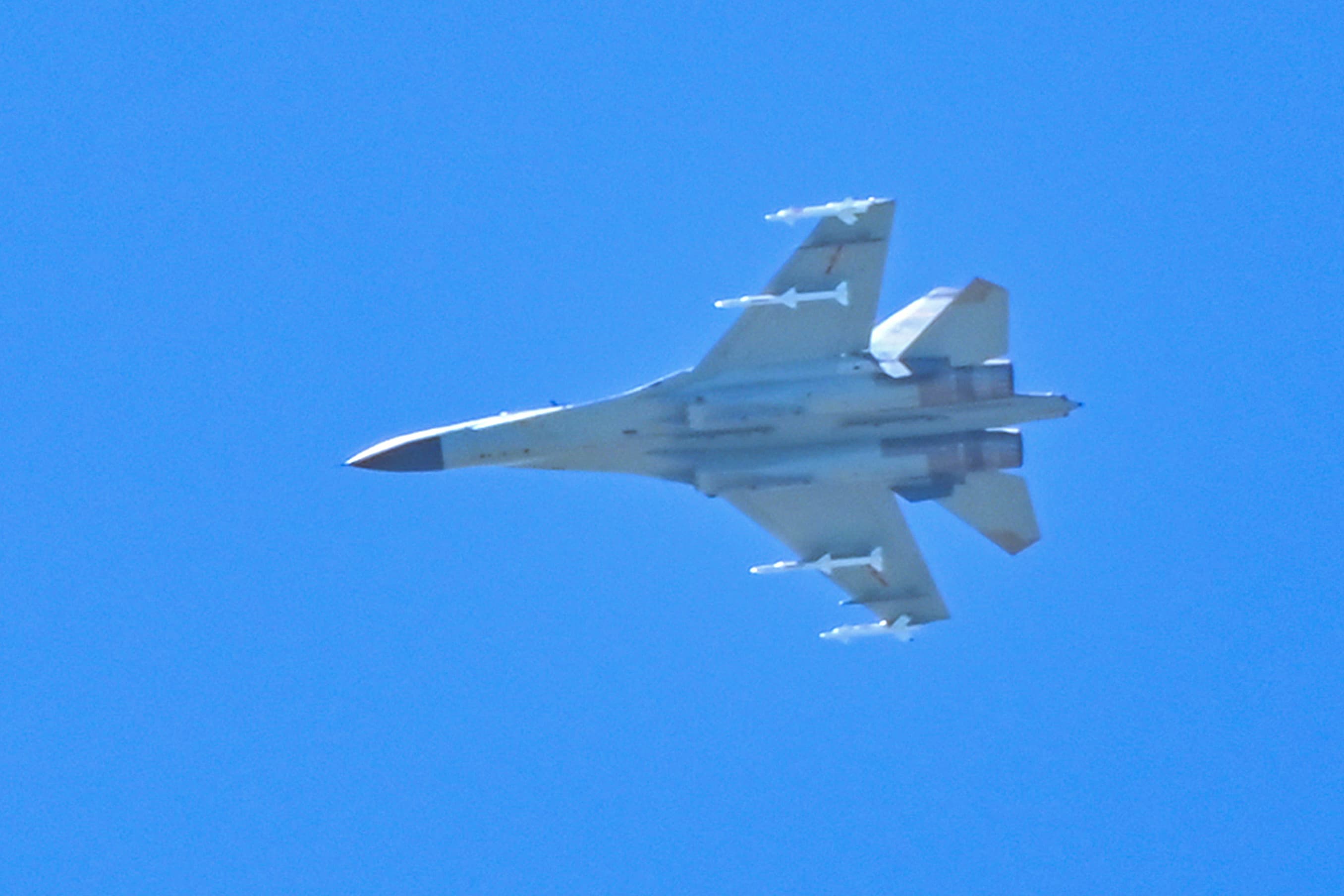
Taipei: China’s military announced fresh military drills on Monday in the seas and airspace around Taiwan — a day after the scheduled end of its largest ever exercises to protest against last week’s visit to Taipei by US House Speaker Nancy Pelosi.
China’s Eastern Theatre Command said it would conduct joint drills focusing on anti-submarine and sea assault operations — confirming the fears of some security analysts and diplomats that Beijing would continue to maintain pressure on Taiwan’s defenses.
Pelosi’s visit to Taiwan last week infuriated China, which regards the self-ruled island as its own and responded with test launches of ballistic missiles over Taipei for the first time, as well as ditching some lines of dialogue with Washington.
The duration and precise location of the latest drills is not yet known, but Taiwan has already eased flight restrictions near the six earlier Chinese exercise areas surrounding the island.
Shortly before the latest drills were announced, Taiwan President Tsai Ing-wen met visiting St. Vincent and the Grenadines Prime Minister Ralph Gonsalves, telling him she was moved by his determination to visit despite China’s military pressure. “Prime Minister Gonsalves has expressed in recent days that the Chinese military drills would not prevent him from visiting friends in Taiwan. These statements have deeply touched us,” Tsai said at a welcome ceremony for Gonsalves in Taipei.
It was unclear if Tsai had invited Gonsalves before or after Pelosi’s visit. “We don’t disclose internal planning or communications between governments,” the Taiwanese foreign ministry said.
Beyond the firing of 11 short-range ballistic missiles during the four earlier days of exercises, Chinese warships, fighter jets and drones maneuvered extensively around the island.
Shortly before those drills ended on Sunday, about 10 warships each from China and Taiwan maneuvered at close quarters around the
unofficial median line of the Taiwan Strait, according to a person familiar with the situation who is involved with security planning.
unofficial median line of the Taiwan Strait, according to a person familiar with the situation who is involved with security planning.
Taiwan’s defense ministry said Chinese military ships, aircraft, and drones had simulated attacks on the island and its navy. It said it had sent aircraft and ships to react “appropriately.”
China’s defense ministry meanwhile maintained its diplomatic pressure on the United States, defending its shelving of military-to-military talks in protest at Pelosi’s visit.
“The current tense situation in the Taiwan Strait is entirely provoked and created by the US side on its own initiative, and the US side must bear full responsibility and serious consequences for this,” defense ministry spokesman Wu Qian said in an online post.
“The bottom line cannot be broken, and communication requires sincerity,” Wu said.
China called off formal talks involving theater-level commands, defense policy co-ordination and military maritime consultations on Friday as Pelosi left the region.
Pentagon, State Department and White House officials condemned the move, describing it as an irresponsible over-reaction.
China’s cutting of some of its few communication links with the US military raises the risk of an accidental escalation over Taiwan at a critical moment, according to security analysts and diplomats.
One US official noted that Chinese officials had not responded to calls from senior Pentagon officials amid the tensions last week, but that they did not see this as a formal severing of ties with senior figures, such as US Defense Secretary Lloyd Austin.
Asked directly about those reports, defense ministry spokesman Wu said, “China’s relevant counter-measures are a necessary warning to the provocations of the United States and Taiwan, and a legitimate defense of national sovereignty and security.”
No Comments For This Post, Be first to write a Comment.
Most viewed from International
Most viewed from World
AIMIM News
Delhi Assembly polls: Owaisi leads Padyatra in Okhla
Feb 01, 2025
We reject this Waqf Amendment Bill: Asaduddin Owaisi
Jan 30, 2025
Latest Urdu News
Most Viewed
May 26, 2020
Which team will win the ICC Men's Champions Trophy 2025 held in Pakistan/Dubai?
Latest Videos View All
Like Us
Home
About Us
Advertise With Us
All Polls
Epaper Archives
Privacy Policy
Contact Us
Download Etemaad App
© 2025 Etemaad Daily News, All Rights Reserved.


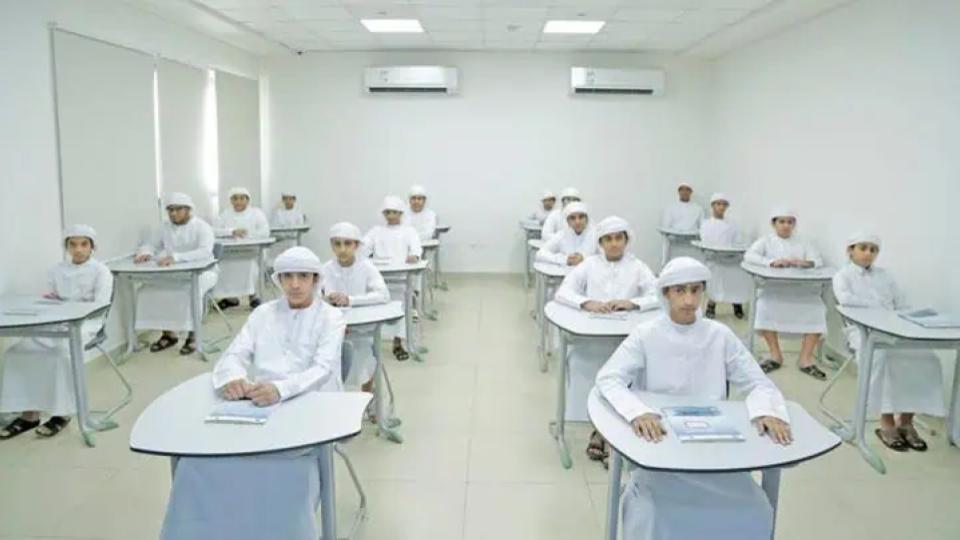

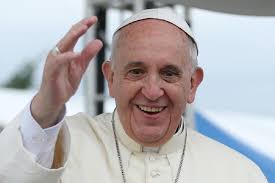



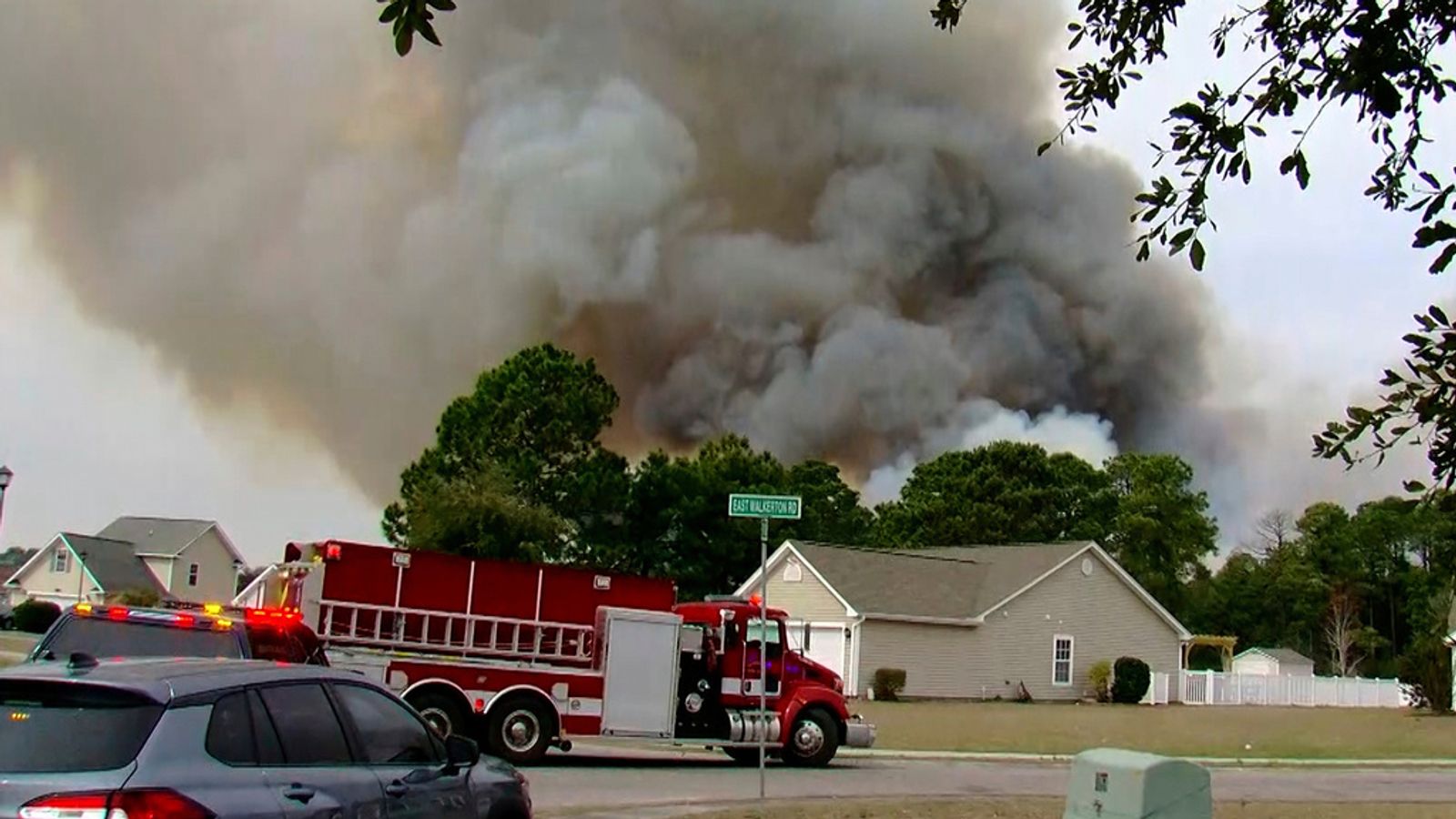
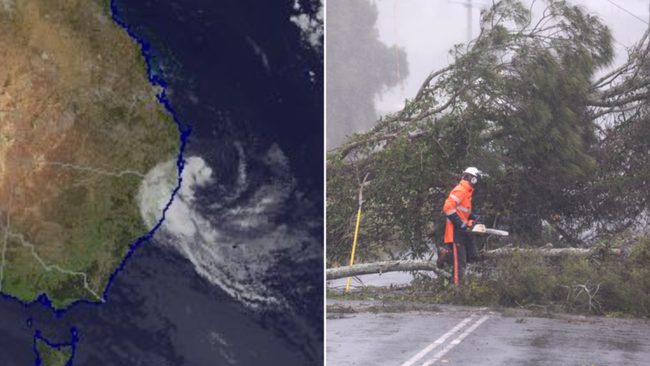
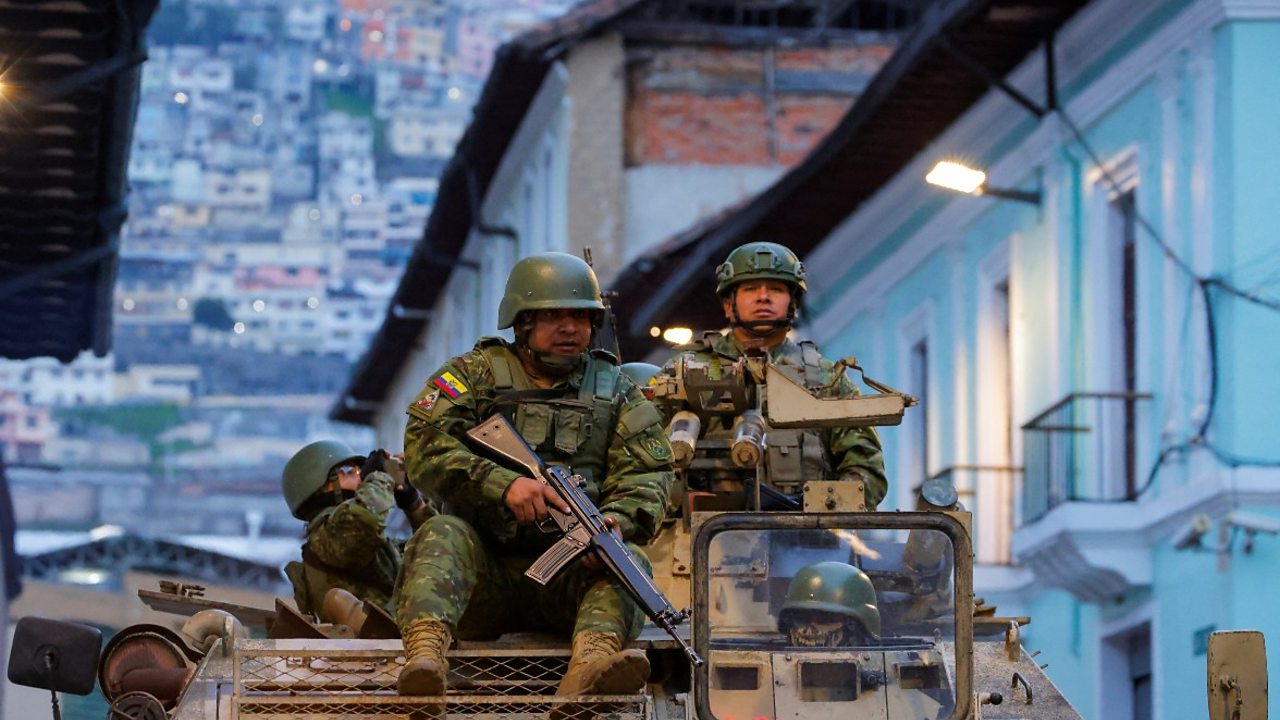
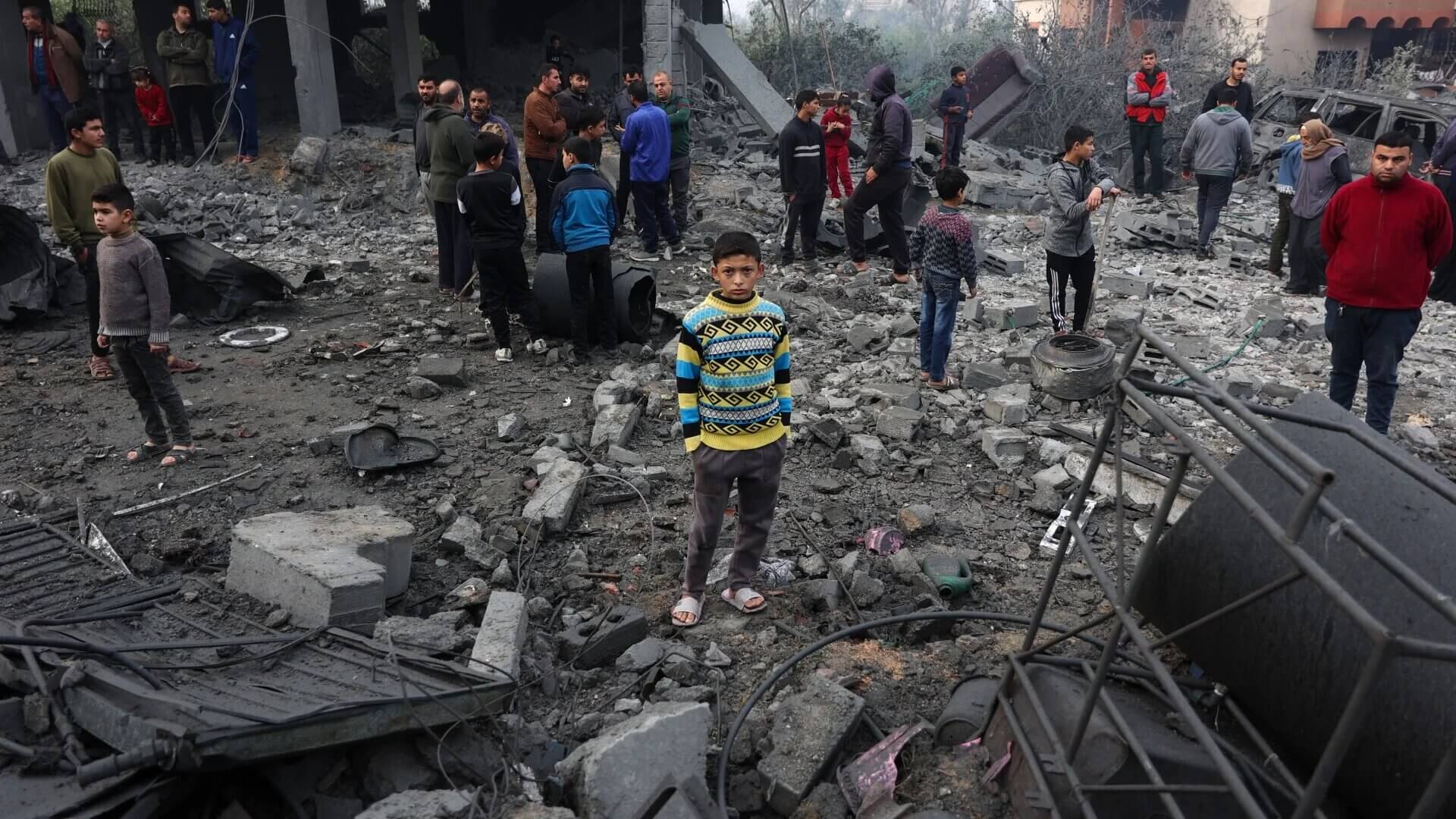
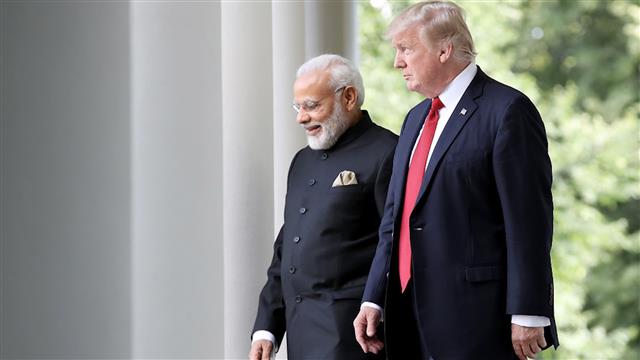




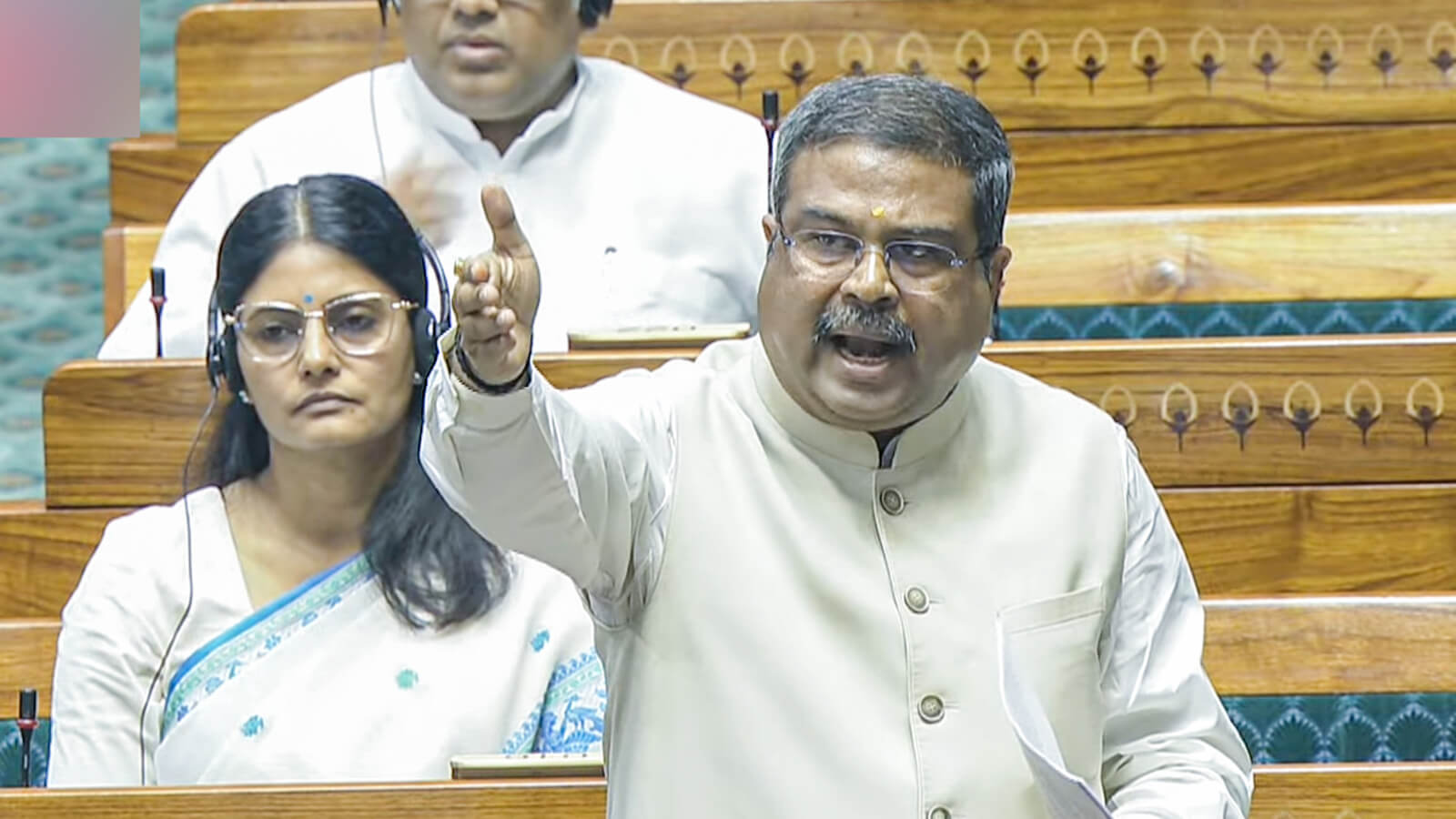
.jpg)
.png)
.jpg)
.jpg)
.jpg)
.jpg)
.jpg)

















